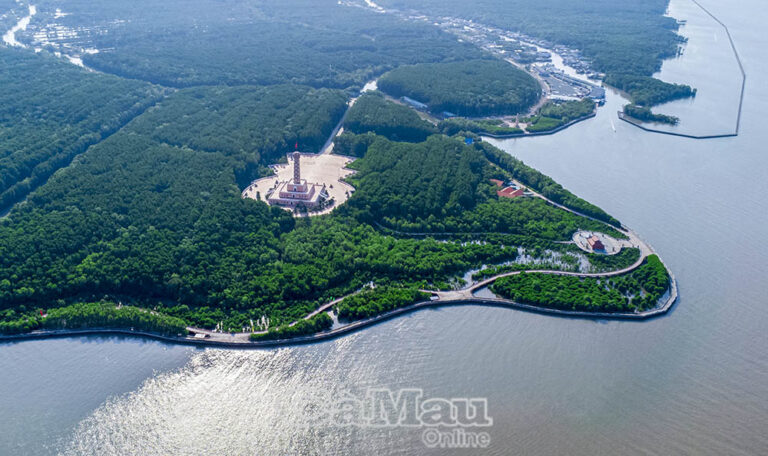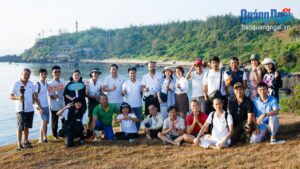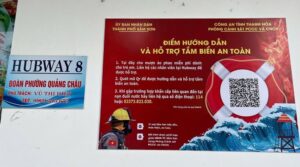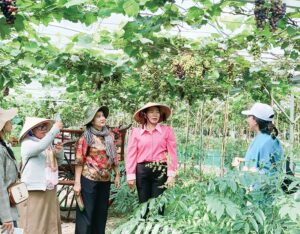As time passes, changes have been seen at the historical sites that witnessed the heroic battle of Hanoi's army and people to defend the capital, as well as the happy moment when the victorious army marched into Hanoi. However, the stories about the site told to the younger generation about Hanoi’s liberation remain unchanged and valuable.

Quan Chuong Gate, the last remaining gate of Hanoi. (Photo: VNA)
Hanoi’s five gates
The image of Hanoi’s five gates has become a symbol of Hanoi’s Liberation Day, with musician Van Cao having included them in the lyrics of his famous song ‘Heading to Hanoi". In the song, he wrote ‘Five gates welcome the troops coming back”.
Hanoi once had five gates, namely Cau Giay, Cau Den, Cho Dua, Dong Mac and Quan Chuong. Quan Chuong is the only remaining gate today while the four others became public sites or were pulled down because of war damage.
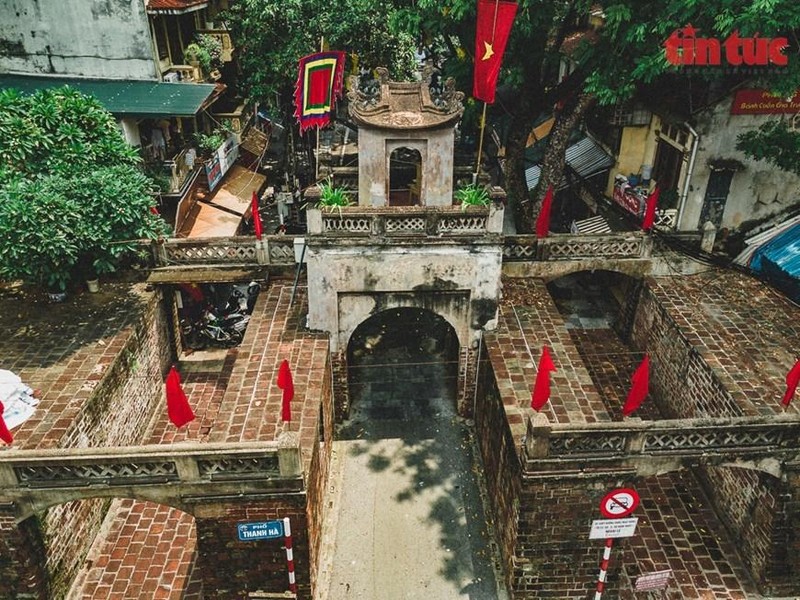
Quan Chuong Gate, the last remaining gate of Hanoi. (Photo: VNA)
Cho Dua Gate was turned into the intersection of the 6 streets of Xa Dan, Kham Thien, Ton Duc Thang, Tay Son, De La Thanh, and O Cho Dua.
Cau Den Gate became a major intersection connecting Pho Hue, Bach Mai, Tran Khat Chan, and Dai Co Viet.
Dong Mac Gate was located at the end of Lo Duc Street, at the intersection with Tran Khat Chan Street and Kim Nguu Street.
Cau Giay Gate is said to be located at the intersection of Thanh Bao Street and Son Tay Street.
Today, Quan Chuong Gate is located on Hang Chieu Street in Dong Xuan Ward, Hoan Kiem District. Officially called Dong Ha Gate, Quan Chuong Gate is the preferred name among Hanoians.
Long Bien Bridge
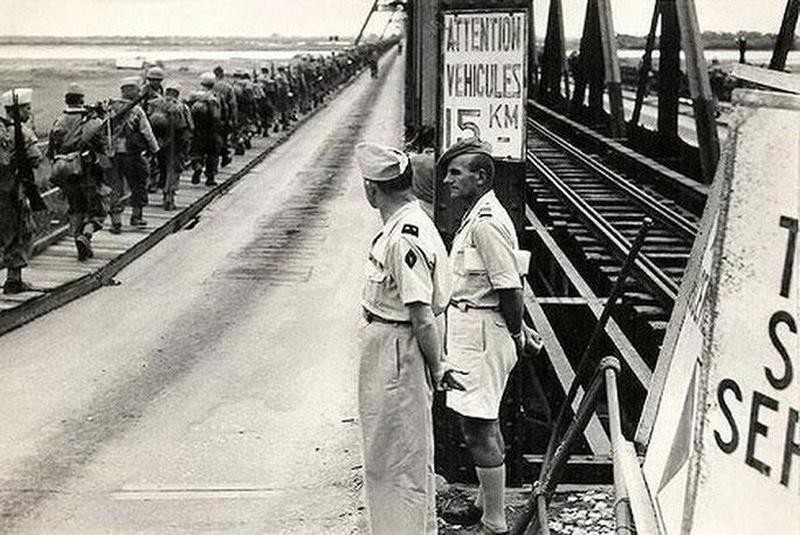
The last French soldiers retreated across Long Bien Bridge (Documentary photo)
Long Bien Bridge is an important historical witness of the Hanoi’s Liberation Day. Following the signing of the Geneva Accords, France had to withdraw all troops from Hanoi.
As of 4 pm on October 9, 1954, the last French soldiers retreated from Hanoi across Long Bien Bridge. A unit of the Capital Regiment marched to Long Bien Bridge amid the cheers and greetings of the Hanoians gathering along the streets of Hang Dau and Tran Nhat Duat.
Hanoi Flag Tower
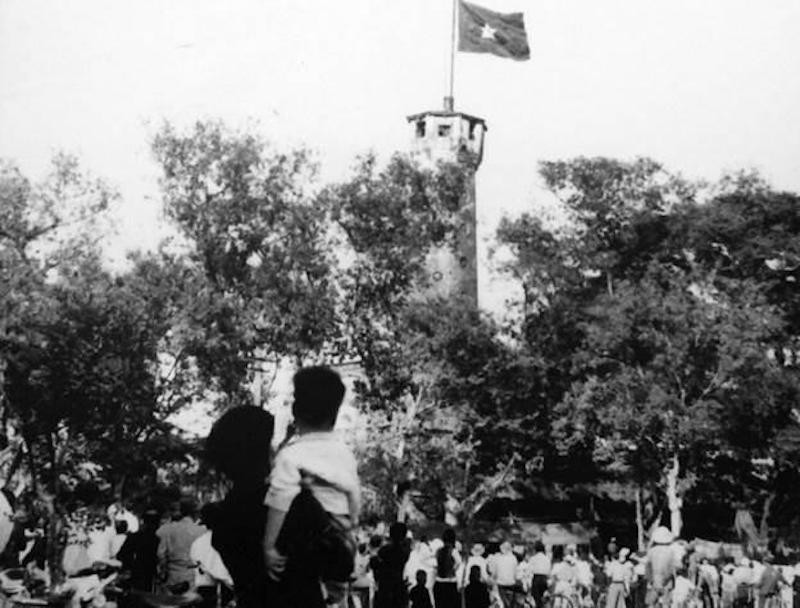
Flag-raising ceremony at the Hanoi Flag Tower. (Photo: VNA)
At 15:00 on October 10, 1954, a flag-raising ceremony was held at the Doan Mon yard at Thang Long Imperial Citadel. The horn at the Opera House made a long resounding sound. The red flag with a yellow star fluttered on the flag tower of Hanoi.
At this historic flag-raising ceremony, Maj. Gen. Vuong Thua Vu, Chairman of the Hanoi Political and Military Committee, read President Ho Chi Minh’s message for Hanoians: “Over the past eight years, the Government had to leave the capital to fight to save the country. Despite being far apart, the Government is always near the compatriots. Today, thanks to the solidarity and unanimity of our people, our army fought heroically and the resistance war came to success, the Government returns to the capital to reunite with the people.”
Hanoi Opera House
On the Hanoi’s Liberation Day, Hanoi Opera House was adorned with portraits of President Ho Chi Minh as well as banners and red flags with yellow stars to welcome the victorious army to the capital.
After the Liberation Day of Hanoi, the 1st National Assembly convened its fourth session at the Hanoi Opera House from March 20 to 26, 1955.
Hang Dao Street

The convoy carrying soldiers of Brigade 308 (now Division 308 – Vanguard Division) moves on Hang Dao street on October 10, 1954 in the joyful welcome of thousands of people (File photo: VNA)
Hang Dao Street was the venue where all classes of Hanoi people gathered together to welcome the army marching to liberate the capital on October 10, 1954.
Hang Dao Street was also the place that welcomed the first convoy led by Maj. Gen. Vuong Thua Vu, Chairman of the Hanoi Political and Military Committee, and Doctor Tran Duy Hung, Vice Chairman of the Hanoi Political and Military Committee, as they passed through Hang Duong Street, Hang Ngang Street and Hang Dao Street.
Dong Xuan Market
Dong Xuan Market witnessed Hanoians’ heroic battles against the French invaders during the 60 days and nights in late 1946 and early 1947. The market was a fierce battle point on February 14, 1947.
These battles contributed to the victory of Vietnam’s resistance war against the French colonialists and the liberation of Hanoi on October 10, 1954.


